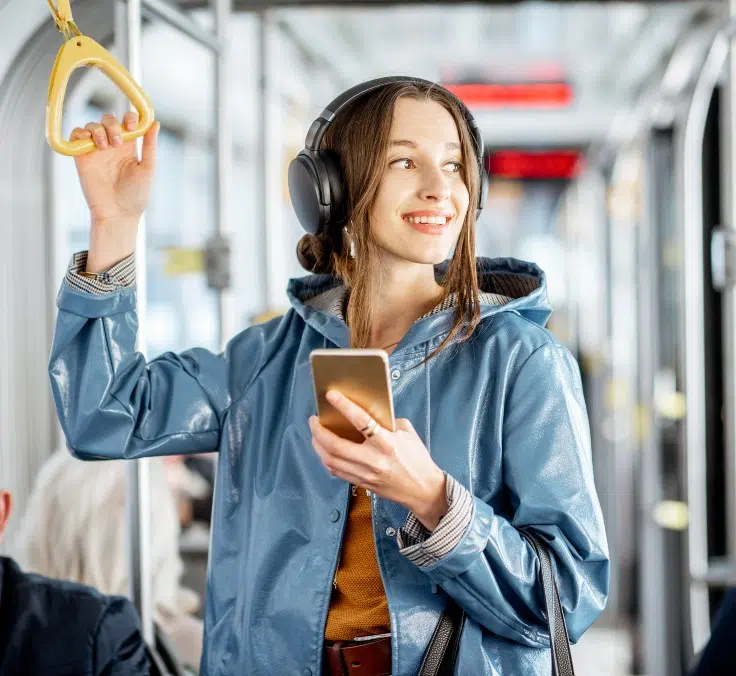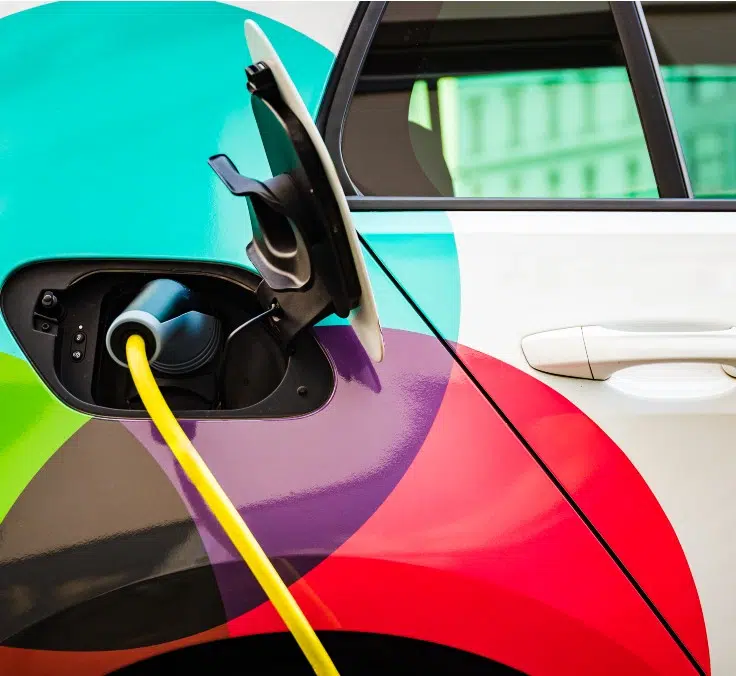SUSTAINABILITY| 20.07.2022
Find out what the new mobility will be like
The way we travel and get around has changed a lot in just a few centuries, but we are likely to see more sudden changes in the coming decades. Greater sensitivity to the environment and sustainability and concern for the planet is bringing about further changes, which will also be accompanied by legislative changes – although these are always much slower than social and cultural changes.
This is one of the parameters used by experts in sustainable mobility. For several days, they made Madrid an icon of this movement. Discovering what companies, institutions and organizations are betting on in order to combine mobility and sustainability, or how to face new challenges that are now arising, such as the coexistence between electric and combustion vehicles, are some of the issues that centered the debate in Global Mobility Call, questions that are still open in many cases.
These changes in forms of mobility, some of which are still unfathomable, will lead to legislative changes. No one can cast doubt on this. But what is less clear is how quickly legislators will be able to tackle these changes and whether they will be implemented globally or whether each country will adopt its own legislation, with all the possible consequences. The arrival of autonomous cars is still a long way off. But it is a reality that will be unstoppable. This raises one of the first questions to be answered by legislators: In the event of an accident, who is responsible: the driver – who was not actually driving -, the manufacturer or the owner of the software? Not only are we facing a legislative challenge, but it even rises to an ethical dilemma.
The increasing sophistication of vehicles brings with it new risks that did not exist before. Vehicle connectivity, which offers many advantages and will offer more in the future, also means, for example, a risk that was previously unimaginable in a vehicle. This relates to cyber-attacks, with the consequences that this entails. As with any change of this magnitude in history, the advantages are many, but there are also challenges that cannot be ignored. The insurance industry is well aware of this and is already working on solutions to ensure that the new mobility never means less safety.
Digitalization is another of the elements on which companies are focusing their strategy. But the response to new mobility demands, which rely on digitalization, cannot be the same in both an urban environment and in a rural environment because the needs are also very different. Companies such as car manufacturers, software manufacturers, scooter manufacturers, for example, and, of course, the insurance industry, are developing ad hoc solutions to meet this new need. Hyper-personalization in supply, not only in insurance, will see a boom in the coming decades.
Changes in how we get around should not take society off its path towards an objective it has sought for a long time, even if it is a utopia: zero traffic accident victims. Technology must contribute to improving safety. It must help people and must be at their service, and not the other way around.
If one of the changes that will characterize the new way of getting around will be sustainability – with a gradual but steady increase in the number of electric vehicles – new solutions to the disposable elements of this type of automobile will also be necessary. Giving a second life to electric batteries, for example, may be part of the solution. CESVIMAP, MAPFRE’s R&D center, is already working on it. Recycling, circular economy and sustainability are also linked to this new form of mobility.
MAPFRE has a genuine commitment to conducting research into new forms of mobility so as to adapt its offer to customers’ changing demands and to sustainability in all its actions.
RELATED ARTICLES:



